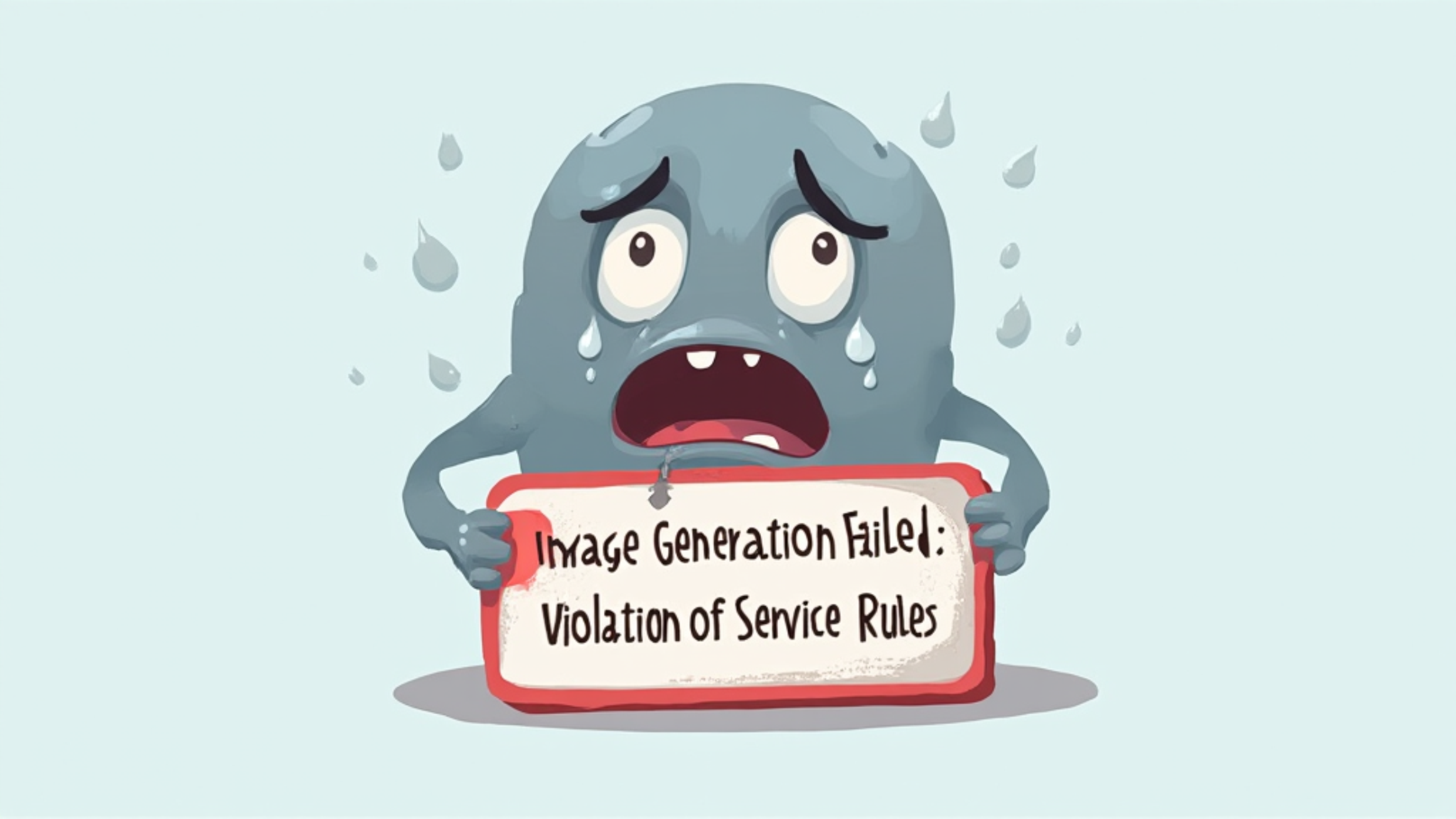Navigating the Stock Market Rollercoaster: Tips for Investors
What Causes Market Fluctuations?
Market fluctuations are primarily driven by economic indicators, investor sentiment , and geopolitical events. These factors create a dynamic environment that influences buying and selling behaviors. Understanding these elements is crucial for making informed investment decisions. Knowledge is power. Additionally, unexpected news can trigger rapid price changes. Stay alert to market updates.
The Impact of Economic Indicators
Economic indicators significantly influence market trends. Key indicators include:
These metrics provide insights into economic health. Investors often react swiftly to changes. Quick decisions can atomic number 82 to gains or losses. Timing is crucial in trading. Understanding these indicators is essential. Knowledge is vital for success.
Investment Strategies for Uncertain Times
Diversification: Spreading Your Risk
Diversification is a crucial strategy for managing investment risk. By spreading investments across various asset classes, he can mitigate potential losses. This approach reduces the impact of poor performance in any single investment. A balanced portfolio is essential. Additionally, diversification can enhance overall returns. It allows for exposure to different market conditions. Smart investors understand this principle. Knowledge is key to success.
Long-Term vs. Short-Term Investing
Long-term investing typically focuses on capital appreciation over several years. This strategy allows for compounding returns and minimizes the impact of market volatility. He can benefit from economic growth. Conversely, short-term investing aims for quick gains through market timing. This approach requires constant monitoring and can be riskier. Timing the market is challenging. Each strategy has its merits. Understanding both is essential for informed decisions.
The Role of Technical Analysis
Key Indicators to Watch
Key indicators in technical analysis include moving averages and relative strength index (RSI). These tools help identify trends and potential reversals. He can make informed decisions based on these signals. Additionally, volume analysis provides insights into market strength. Understanding these indicators is crucial for effective trading. Knowledgw is essential for success .
Chart Patterns and Their Significance
Chart patterns, such as head and shoulders or triangles, provide critical insights into market behavior. These formations indicate potential price movements and trend reversals. He can use this information to make strategic decisions. Recognizing patterns enhances predictive accuracy. Patterns reflect market psychology. Understanding them is vital for traders. Knowledge is power in trading.
Emotional Discipline in Trading
Recognizing Emotional Triggers
Recognizing emotional triggers is essential for maintaining discipline in trading. Factors such as fear and greed can lead to impulsive decisions. He must identify these emotions to mitigate their impact. Developing a structured trading plan helps manage emotional responses. Consistency is key in trading success. Awareness is crucial for effective decision-making.
Strategies to Maintain Composure
Implementing strategies to maintain composure is vital for traders. Techniques such as mindfulness and regular breaks can reduce stress. He should establish clear trading rules to guide decisions. Consistency fosters confidence in his approach. Emotional control enhances overall performance. Discipline is essential for long-term success.
Utilizing Stop-Loss Orders
How Stop-Loss Orders Work
Stop-loss orders are essential tools for risk management in trading. They automatically sell a security when it reaches a predetermined price. This mechanism helps limit potential losses. He can set stop-loss levels based on his risk tolerance. Effective use of stop-loss orders enhances trading discipline. Protecting capital is crucial for success.
Setting Effective Stop-Loss Levels
Setting effective stop-loss levels requires careful analysis of market conditions. He should consider volatility and support levels when determining these prices. This approach minimizes emotional decision-making. A well-placed stop-loss can protect investments. Consistency in setting levels is essential. Knowledge is key to effective trading.
Staying Informed: News and Trends
Sources of Reliable Market Information
Reliable market information is crucial for informed decision-making. He should utilize reputable financial news outlets and analytical platforms. These sources provide timely updates and in-depth analysis. Additionally, economic calendars can help track important events. Staying informed enhances his trading strategy.
The Importance of Staying Updated
Staying updated is essential for effective trading. He must monitor market trends and economic indicators regularly. This practice allows him to anticipate potential market movements. Timely information can lead to better investment decisions. Awareness of global events is crucial.
Learning from Past Market Crashes
Historical Examples of Market Downturns
Historical examples of market downturns provide valuable lessons for investors. The Great Depression and the 2008 financial crisis illustrate the consequences of excessive risk-taking. He can analyze these events to understand market psychology. Recognizing warning signs is crucial for future investments. Knowledge from the past tense is essential. Awareness can prevent costly mistakes.
Lessons Learned for Future Investments
Lessons learned from past market crashes include the importance of diversification, risk management, and emotional discipline. He should avoid overexposure to any single asset. Additionally, maintaining a long-term perspective can mitigate short-term volatility. Knowledge is essential for informed decisions. Awareness of market cycles is crucial. Understanding history can guide future strategies.
Integrating Cryptocurrency into Your Portfolio
Benefits of Including Crypto Assets
Including crypto assets in a portfolio can enhance diversification and potential returns. This asset class often behaves differently from traditional investments. He can benefit from reduced overall risk. Additionally, cryptocurrencies offer exposure to innovative technologies. They represent a growing market with significant opportunities. Knowledge is key in this space. Understanding the risks is essential for success.
Risks and Considerations for Crypto Investments
Investing in cryptocurrencies involves significant risks and volatility. Price fluctuations can be extreme and unpredictable. He must assess his risk tolerance carefully. Regulatory changes can also impact market dynamics. Understanding the technology behind cryptocurrencies is crucial. Awareness of security risks is vital.
